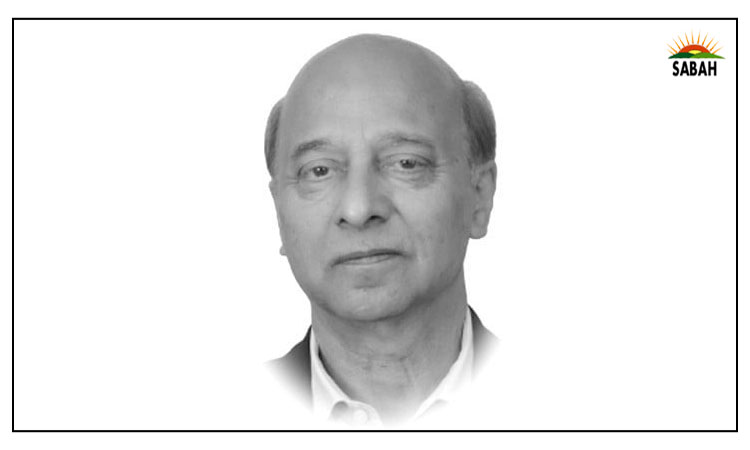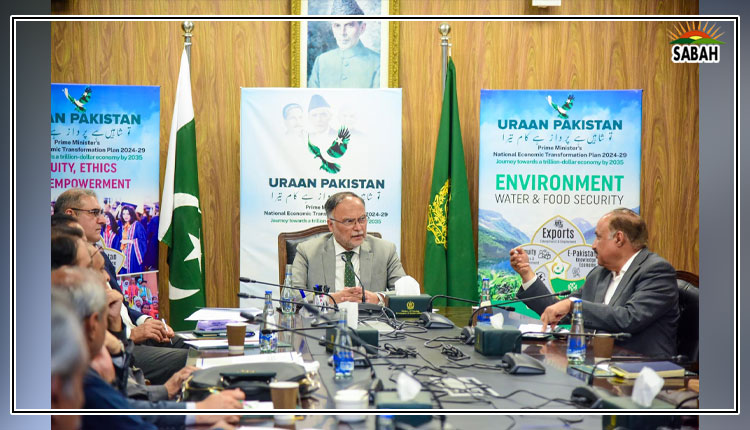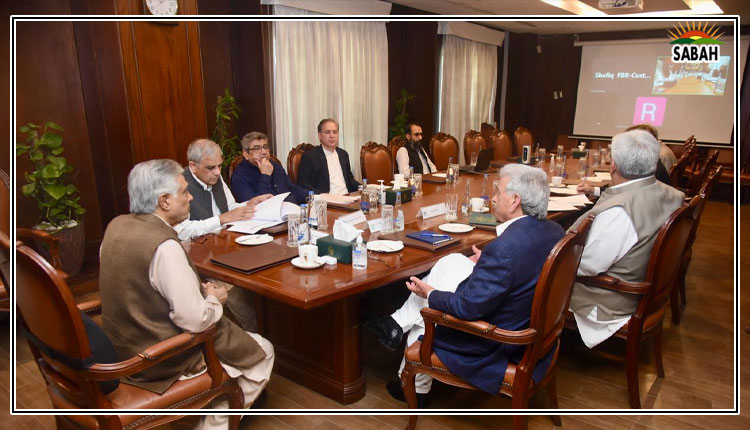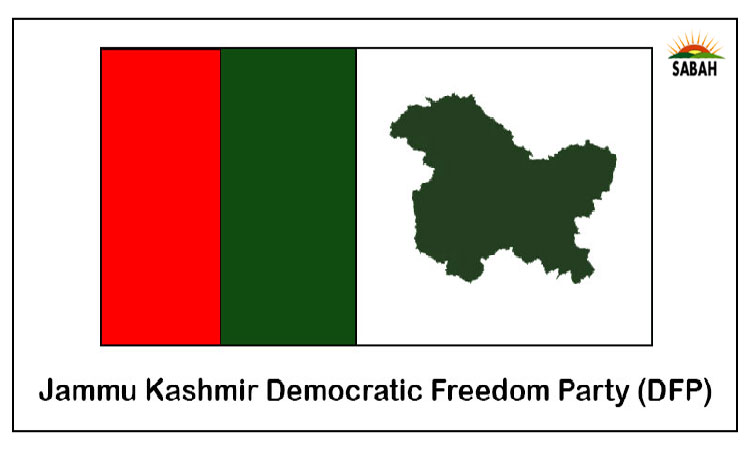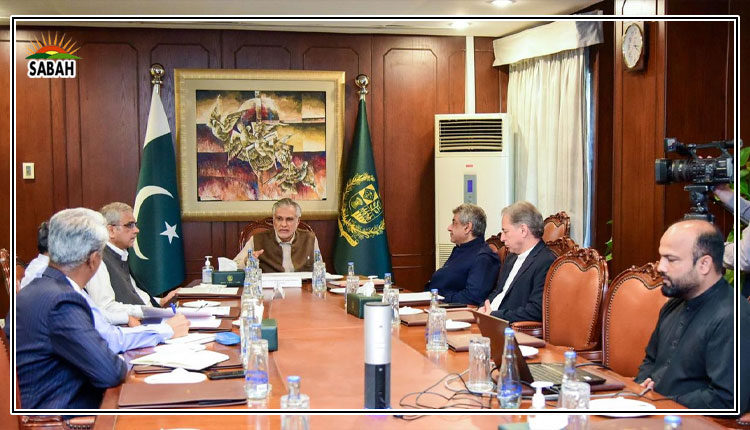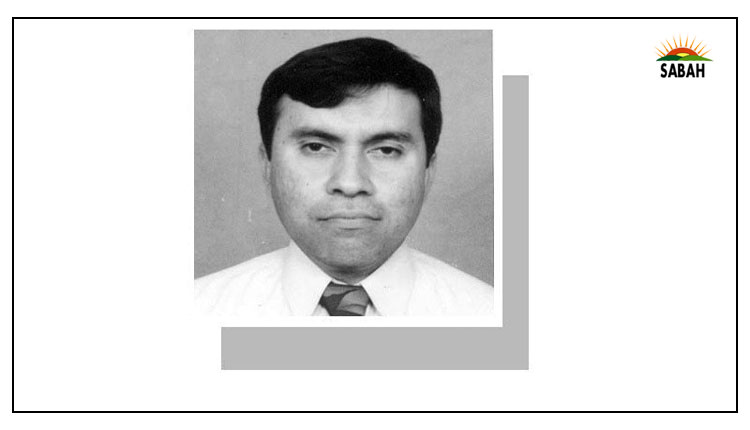Quetta’s challenge…Dr Noman Ahmed
WHEN torrential rains struck the country last year, Quetta was practically cut off as rail and road links were devastated. It was only after several weeks that Balochistans capital was reconnected with the rest of the country. This raises questions about the status of development in a city of over two million. A trip to various neighbourhoods and to the outskirts of the city revealed that Quetta requires a serious planning and development response to enable its population to live a decent life.
Like other Pakistani cities, Quetta faces the challenges of urban sprawl. Between 1998 and 2017, many new locations in the north and south of the city have evolved as real estate choices. A prominent addition has been DHA Quetta. After overcoming a few judicial hurdles, DHA Quetta is poised to become a reality. Many people appear to be investing in this potentially lucrative option.
A much smaller housing scheme by the Quetta Development Authority is in the offing along Sibi Road. There are many people with no or insufficient shelter in the city. As one drives through the Eastern Bypass and its allied locations, one finds many shanty settlements. The people here are from varied backgrounds. Many Afghans sell fruit and other items of daily use. Along the roadside, Pakhtun and Baloch people are also visible in the informal marketplace. Much of the road has been washed away by the rains, thanks to poor-quality construction.
The shortage or absence of water supply is a major challenge. The city gets its supplies from groundwater resources through tube wells. According to Water and Sanitation Agency officials, over 500 tube wells draw a little over 20 million gallons per day against a demand of over 30MGD. The shortage is met partly by the emerging tanker operations. As seen elsewhere, tankers in Quetta are largely an informal service overseen by powerful interest groups.
Real estate ventures are threatening the citys ecology.
Water recharging in the Quetta valley is an important environmental process. Haphazard housing and other construction, paved surfaces that prevent water recharging, alteration in the natural levels of the terrain, and unabated sand-mining constrain this function. Reportedly, groundwater levels have fallen to below 360 metres. If, because of extraction and other reasons, they drop further, accessing water will become a huge challenge, especially for the urban poor.
While the government is working to bring water from sources outside Quetta, such options are expensive. An integrated plan is needed to ensure a well-functioning water-recharging regime. Very few households are connected to a proper sewerage system. Meanwhile, water users must be asked to pay water and sanitation charges. A culture where people are willing to pay for urban services is required to improve the finances of the water utilities.
It is worth mentioning that when most of the country is in the grip of scorching heat, Quetta posts bearable temperatures, thanks to its relatively higher altitude. The green cover provided by the surrounding forests and northern orchards is also of note. However, real estate projects have meant the cutting down of trees, the unavailability of sufficient groundwater for orchards, and the spread of unplanned settlements all threaten the local ecology.
Quetta has grown fast. From a sleepy town and serene cantonment location during the Raj, the city has become a relatively dense settlement in an otherwise sparingly populated province. Overlapping phases of development have led to problems in planning and managing the city. Disorderly commercialisation, congestion around the city centre and narrow roads inside the older city sections are some of the challenges. Weapons abound in this city, and varying tribal identities and ethnicities with intersecting interests can spell tension. Moreover, the memories of tragic sectarian attacks remain.
There are visible signs of the helplessness shown by the administration whenever there is disturbance and disorder. Muharram processions, political rallies, tribal rivalries and even intra-clan feuds often rupture daily life. A coordinated effort by federal, provincial and local agencies is needed to manage urbanisation.
Quetta needs effective interventions to control and plan population densities, which would involve altering routes to facilitate movement, regulating commercial centres and providing open public spaces. Complex squatter settlements such as Kharotabad and Ghausabad are often seen as criminal hideouts. Devising a digital street-monitoring system at an expanded scale and strictly controlling exit-entry points can, among other measures, help lessen urban violence and reduce terrorism attempts. Elected and empowered local governments must also be revived in Quetta as elsewhere in the province.
The writer is an academic and researcher based in Karachi.
Courtesy Dawn, May 27th, 2023


